More Americans than ever are working from home. It has been an upward trend even before the coronavirus pandemic mandated stay-in-place orders. According to a recent Gallop poll, roughly 43 percent of workers conduct one or more functions of their job outside of the traditional office space.
As the workforce continues to place greater emphasis on remote employment, it is a competitive advantage to invest in a fully-equipped home office space.
That goes far beyond having a laptop and a printer. Today’s home offices are oases that encourage productivity. That translates into beautiful and tech-friendly offices that lend themselves to checking off tasks in a more tranquil setting than the stereotypical office environment.
Working on Your Small Space (Work-from-Home Setup)

Go over these small home office ideas to create your dream dedicated workspace.
Create Your Space
Remote workers often make the mistake of using their dining room (or other living spaces) as an office. The main reason this is ineffective is that it opens you up to distraction. This is why it is imperative to carve out a designated space, which can be tricky if you’re working within the confines of a small apartment or cozy house.
It is easier than you would think to create an office space from scratch no matter the square footage. The best idea to keep in mind is utilizing products that can serve at least two purposes.
1. Choose a Dedicated Area
Consider the rooms next to where you’re working. If it is an open floor plan with no door, you’ll likely be distracted by the kids, pets, and the television. If possible, designate a workspace in a quiet area of the home. For many, that is a bedroom or a guest bedroom. Bonus points if you install a soundproof door. Ideally, it will be a space that you can move around comfortably without bumping into things.
2. Use a Murphy Bed to Maximize Space
Sometimes, having extra square footage is not a luxury. In that case, it is time to get creative. Installing a Murphy bed is a great way to have your guest room pull double duty as an office without breaking the bank.
The Lori Bed is designed to be a functional and stylish addition. These are not your old school Murphy beds with elaborate springs and metal frames, which are not only expensive and complex to manufacture, they are cumbersome and can even be dangerous to install.
Lori Beds are made with real wood right here in the United States. They are easy to install and lift by hand using your and your lifting partner's strength, making it effortless to go from a chic guest room to a fully functioning office space within a matter of seconds.
Lori Beds come in a variety of finishes, so they easily fit into any design scheme, plus the company has both vertical and horizontal orientations. It even offers unfinished models for a totally customized color.
Get $200 Off on the Murphy Bed
3. Consider the Lighting
In addition to your chic and space-saving Murphy bed, there are a few other design choices to consider when designating your work-from-home space. A spot with ample windows and natural light is the best option.
If that’s not possible, invest in good overhead lighting that will help you see the work that is at hand with less eye strain. Fluorescent bulbs should be avoided at all costs. Warm light is best for eye health so look into options using incandescent or LED light bulbs.
4. Grab a Paint Brush
Every color has a meaning. So what does your office say about you? Calming hues, such as white, light blue, or gray, are often popular workplace colors because research has shown that palettes can help reduce stress. On the other hand, red is the color of energy, while green is the color of growth and optimism.
At the risk of winding up with a Christmas-colored office space, you do not have to take it too literally, but it is worth looking into color theory when crafting the vibe of your office. How you feel in your space will increase the amount of time you’ll want to be in that space so plan accordingly. You can incorporate a mix of colors without going overboard by adding in accessories that can serve dual functions, for example, a candy red apple-shaped paperweight or colorful notebooks.

Get Technical
Designating and designing your home office is just the beginning. Without the proper technical setup it will do you no good. Here are a few best practices and gadgets to help you stay connected and organized.
5. Strong Wi-Fi And Connectivity
Nobody likes having a weak Wi-Fi signal, especially when you are under a looming deadline. If you are working from a guest room or studio, a single router should supply an adequate wireless connection.
One of the most popular and effective routers on the market is Google Nest, which promises to blanket your whole home in fast, reliable Wi-Fi and keep buffering at bay.
You can contact your provider for additional options for your existing router. For example, many companies are offering special deals on higher internet speeds due to the pandemic. An all-in-one printer, fax machine, and copier are other great resources at your fingertips.
Having these pieces of equipment will not only help you perform your work better, but it will also show your employer that you are committed to success even when you are working from home.
6. Adequate Storage
Not having enough storage for office supplies and files is a common pitfall when designing a home office. The space needs to comfortably fit only the essentials — desk, chair, and computer — plus, file cabinets, and requisite equipment like a WiFi router and printer. Another consideration is where these essentials will fit in relation to the windows and outlets.
Expert designers recommend creating specialized areas within the office. Maximizing a small home office space requires smart storage solutions and organization. These are some thoughtful choices you can make:
- Use Vertical Storage: Install shelves and cabinets on the walls to keep your things from occupying desk space, reducing clutter in your work area. Floating shelves add a sophisticated touch to your space.
- Get Multi-Functional Furniture: Buy pieces like a compact desk with built-in storage to save space when not in use. This desk can also double your dining table when you’re not working if you don’t want to eat at your dining room table.
- Optimize Lighting: Desk lamps or wall-mounted lights can help you achieve the productive atmosphere you want in your dedicated office space.
- Declutter Regularly: Digitize documents to reduce paper clutter in your home office. Keep the essentials only, such as a pen holder, your important pens, and your laptop.
- Ergonomic Chair: Choose a comfortable and compact chair that gives your body proper support without occupying too much space in the spare room.
The Lori Bed can also be used to store your essential work items. Its sturdy, built-in exterior shelves give you stylish storage solutions with just a pull-down bed.
7. Corral Wires
Fumbling around with wires is a waste of time. Save yourself the headache of tripping over cords by consolidating each plug into a power strip, or strips, depending on how many hard-wired devices you require. Take it a step further by concealing the power strip via a hole in your desk or by installing brackets to lace the wires underneath your desk. Labeling each cable will also make it easy to identify the function of each cord without unplugging and re-plugging. Adhesive cable clips to keep your phone and laptop chargers secured to your desk are another handy trick.

Make It a Space for Creativity
Having a productive office space doesn’t mean you’ll want to work. Do yourself a favor by making it a place where you’ll want to create. We spend a lot of time working, so making your office a place where you actually want to be will make being productive much more enjoyable.
8. Follow The Rules of Ergonomics
Don’t make working a literal pain in the neck. Sitting at a computer desk all day can really take its toll on your posture and lead to back pain. Some expert advice to alleviate that stress is to keep your computer monitor centered, instead of off to the side, and to keep your feet flat and supported.
Make investing in a comfortable and supportive chair a non-negotiable. Since trying out chairs in person is not an option for many at this point in time, try reading reviews but the experts at Wirecutter or Consumer Reports
It isn’t all about sitting. Doctors suggest changing positions or walking around about once every 40 minutes. This is when working from home can be both fun and productive. Stand-up balance boards, such as FluidStance, can give users the opportunity to stand and stabilize while typing away. It is a sneaky way to get in a workout while you’re working. Talk about a win-win. Tip: It works best with a standing desk.
9. Add Greenery
Did you know that office plants have been shown to increase productivity by up to 15 percent? That is a lot of power for one tiny succulent — and it is pretty to boot. Even if you don’t have a green thumb or a lot of space for a large potted plant, there are several varieties of low-maintenance, desktop-friendly greenery. For example, Lucky bamboo, flowering cacti, and aloe, which can also help you heal a paper cut.
The keys are to designate a private space, deck it out with up-to-date technology to ensure you can get work done efficiently, and make it a beautiful space that inspires. Maximizing space by employing products that serve more than one purpose, such as The Lori Bed or a stand-up balance board, will help you make the most of working from home by developing a functional and inviting space.

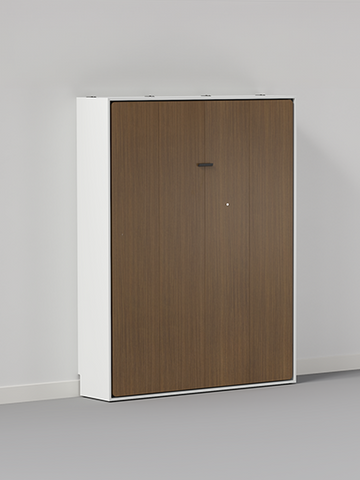
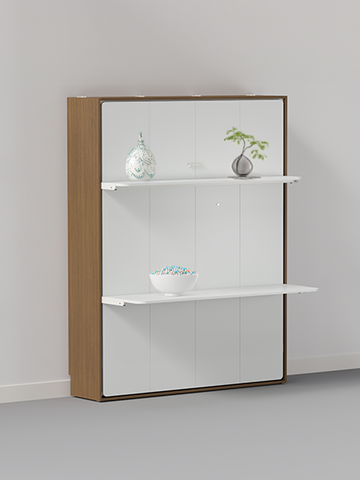

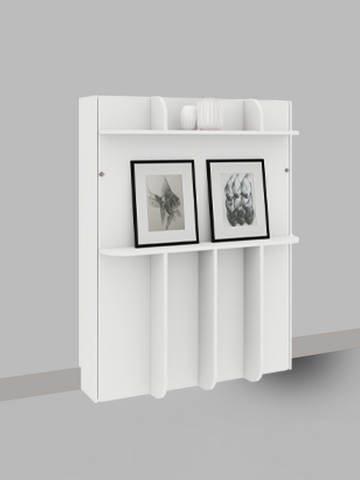



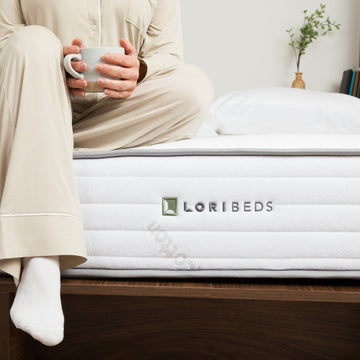


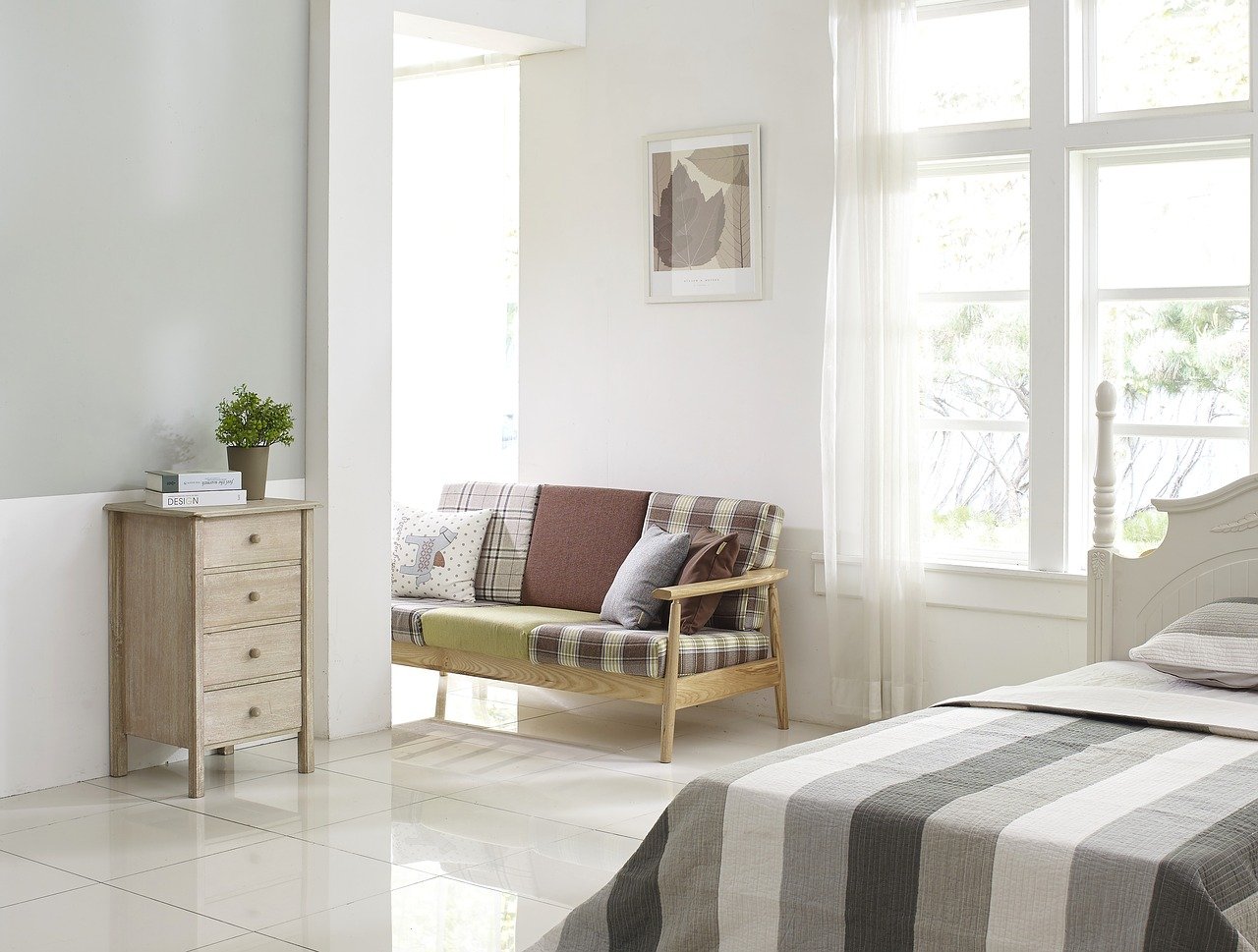
1 comment
Heather
Nice suggestions!
Nice suggestions!